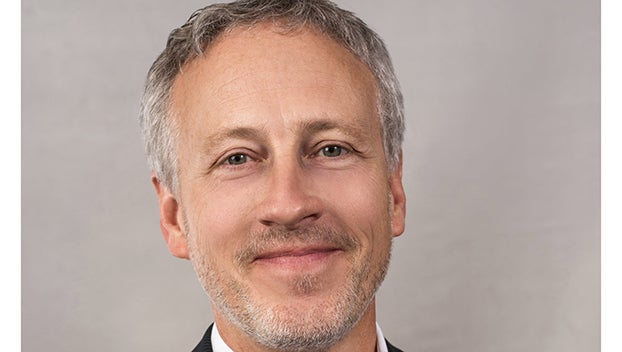Follow the yellow brick road unless you have ruby slippers
Published 8:05 am Saturday, July 15, 2017
Editorial by Bobby Tingle
The Wizard of Oz was the highlight of our evening when it was broadcast on television when I was a child. Dorothy and Toto wanted to get back to Kansas. The Munchkins advised her to follow the yellow brick road. She was seeking the help of the Wizard of Oz, but ultimately it was her ruby slippers that brought her back.
Studying the maze of information related to a hospital district is a bit like looking for a wizard at the end of a yellow brick road. Researching past reports published in The Orange Leader has proven insightful.
A report published January 13 noted the closure of emergency services at Baptist Hospital Orange and the discussions occurring in city halls and county offices.
The report cited concerns expressed by Orange County Economic Development Director Jessica Hill.
The hospital was once the third largest employer in the county and is essential to recruiting new business to the area, according to Hill.
“This will have an impact on the growth of the community,” Hill said.
Another report, published January 11 by The Orange Leader, included information from City of Orange City Manager Shawn Oubre. In it, he described efforts underway seeking establishment of a hospital in Orange County. A hospital district appeared to be the best choice.
“This is a big undertaking,” said Oubre. “I wish we were further along in the process.” He went on to explain that this option has not always been the priority, but other options have not produced the desired results. Among the benefits of a hospital district are the variety of funding options that can be combined including federal grants, private funds and local taxes.”
A week later on January 18, a report by The Orange Leader was published from a meeting held by the West Orange City Council.
Councilman Carl Thibodeaux said this was something the county had looked at 10-12 years ago. Thibodeaux was County Judge at the time of the discussions.
“Private investors did not want to come here,” Thibodeaux said. “We had a county hospital and sold it. Truth is people in Bridge City goes to Mid-County and those on the west end of the county and in Vidor, go to Beaumont. I am not for raising taxes, but this is a good investment to the county.”
On January 18, Judge Stephen ‘Brint’ Carlton spoke at the Golden K Kiwanis meeting. The Golden K’s posed some interesting questions. The Orange Leader reported many of those questions and answers in an article published January 23. Carlton addressed the effect on ambulance service, economic development, jobs lost and reduction in sales tax revenue. He stated a hospital district, if established, would begin providing indigent care, which the county now provides at a rate of between $400,000 and $600,000 per year.
According to Shawn Oubre a good direction to pursue could be establishment of a hospital that qualifies as a Critical Access Hospital or CAH.
This designation is available to hospitals in states which have established a State Flex Program, a program which began as a part of the Balanced Budget Act of 1997. One stipulation is the hospital must participate in providing care to patients covered by Medicare.
Another interesting stipulation is the hospital must maintain no more than 25 inpatient beds and have an average annual length of stay of 96 hours or less.
Coincidentally, on January 23, The Orange Leader reported on the efforts of Christus to establish a micro-hospital.
Christus Southeast Texas Health System is looking to create the area’s first micro-hospital.
Christus recently acquired a 6.2 acre lot southwest of the new Christus Outpatient Center under construction on Ninth Avenue and FM 365 to develop the hospital.
“A micro-hospital operates 24-hours a day, 7-days a week, meets all federal and sate licensing and regulatory requirements and offers a condensed number of inpatient beds for observation and short stays,” Ryan Miller, Christus Southeast Texas Health System president of ambulatory services, said. “New health care models are moving away from traditional large inpatient hospitals — options for smaller, inpatient units that offer the same advanced services placed in the center of communities who need it most.”
The concept of a micro-hospital and the CAH designation seems to dove tail well with the needs of Orange County.
The major benefit of CAH designation is the enhanced reimbursement rates available for patients covered by Medicare.
Our hospital district will need those enhanced dollars along with treating a high percentage of patients covered by private insurance. That combination will reduce the burden on taxpayers.
It appears we should use our ruby slippers to move in the direction of a hospital district with the CAH designation and see if it works as well for us as it did for Dorothy and Toto.
Bobby Tingle is publisher of The Orange Leader. You can reach him at bobby.tingle@orangeleader.com.





